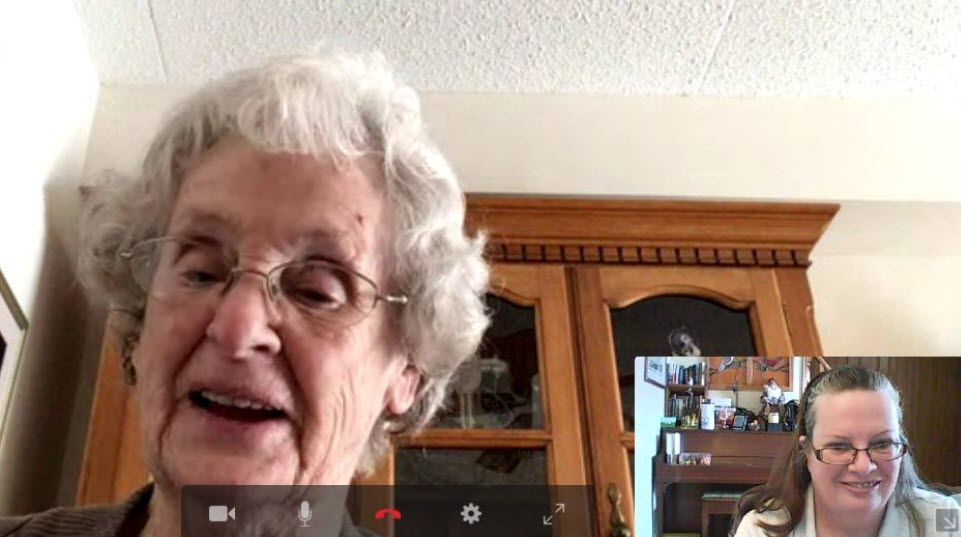Is teaching an art or a science? This is the question of today’s Daily Extend. The challenge is to find an artist and a scientist that represents some part of your own personal practice. In this reflection, I give you Sarah Bernhardt, sculptor, and Katherine Johnson, mathematician.
Sarah Bernhardt
Sarah Bernhardt was a famous French actor. While pursuing a very public acting career, she also pursued sculpting. She studied both the craft and other disciplines such as anatomy (Moura, 2017).
She was attacked by the press and important sculptors of the time [such] as Rodin. It was said that she was pursuing an inappropriate activity. (Moura, 2017)

Connection to Teaching Practice
Certainly, in the college arena, professors come to the field of teaching by first studying and working in a particular career and then learning to teach. The challenge is to become equal skilled in your subject discipline and in teaching. The amount of time and effort that is expended in the pursuit of excellence in teaching is a personal decision.
On a personal note, I was intrigued by the fact that Bernhardt was criticized for sculpting as this was considered an “inappropriate activity.” I wonder why? Was it because she was female?
Katherine Johnson
Katherine Johnson was a computer for NASA. In the early 1950s, women were hired for the computing pool in the Guidance and Navigation Department of NASA to complete calculations (Loff, 2016). Johnson was the only woman moved from the pool to work directly with engineers. She verified calculations made by electronic computers for space flights in the 1960s (Loff, 2016).
Women were not allowed to attend meetings with the male engineers and scientists. Johnson wanted to go to these meetings to learn more about the projects, so she went. (Wild, 2016)
Connection to Teaching Practice
In Johnson, we find another example of the pursuit of learning on the job, and of understanding new problems and finding the solutions. This is also true for professors who must meet the challenges of a new cohort and changes in both their discipline and the field of teaching.
On a personal note, I smiled at the simple phrasing in Wild’s NASA article, “so she went.” Another example of a female who was not supposed to be doing something but did it anyways.
I don’t think of myself as an activist for woman’s rights. I have lived experiences of being female and faculty. I have been questioned about my credentials. I have been challenged about my right to develop materials and to lead workshops. I once had a male faculty member, when confronting me about working on a particular project, announce that he “didn’t think I knew anything” in front of 30 plus students. Timing and awareness of his audience was not his forte that day. In the stunned silence of his departure, a student turned to me and asked, “what does he think you are, a potted plant?”
Teaching, for me is both an art and a science that requires ongoing study, part pursued as a passion in spirit of Bernhardt and part pursued as a personal necessity in the spirit of Johnson. And later, I hope someone says “they didn’t think she should, but she wanted to, so she did.”
Resources:
Loff, S. (2016, February 25). Mathematician Katherine Johnson at work. Retrieved from http://www.nasa.gov/image-feature/mathematician-katherine-johnson-at-work
Moura, N. (2017). Sarah Bernhardt – The sculptor. Retrieved from https://womennart.wordpress.com/2017/12/13/sarah-bernhardt-the-sculptor/
Wikipedia. (2018, August 4). Sarah Bernhardt. Retrieved from https://en.wikipedia.org/w/index.php?title=Sarah_Bernhardt&oldid=853380849
Wild, F. (2016, December 30). Who is Katherine Johnson? Retrieved from http://www.nasa.gov/audience/forstudents/5-8/features/nasa-knows/who-is-katherine-johnson-5-8
Montage created with Photojoiner using Public Domain Images. Montage Photo Credits:
- The death of Ophelia: Sotheby’s
- Sarah Bernhardt: Napoleon Sarony
- Mercury Space Flight Network: NASA
- Kathrine Johnson: NASA












